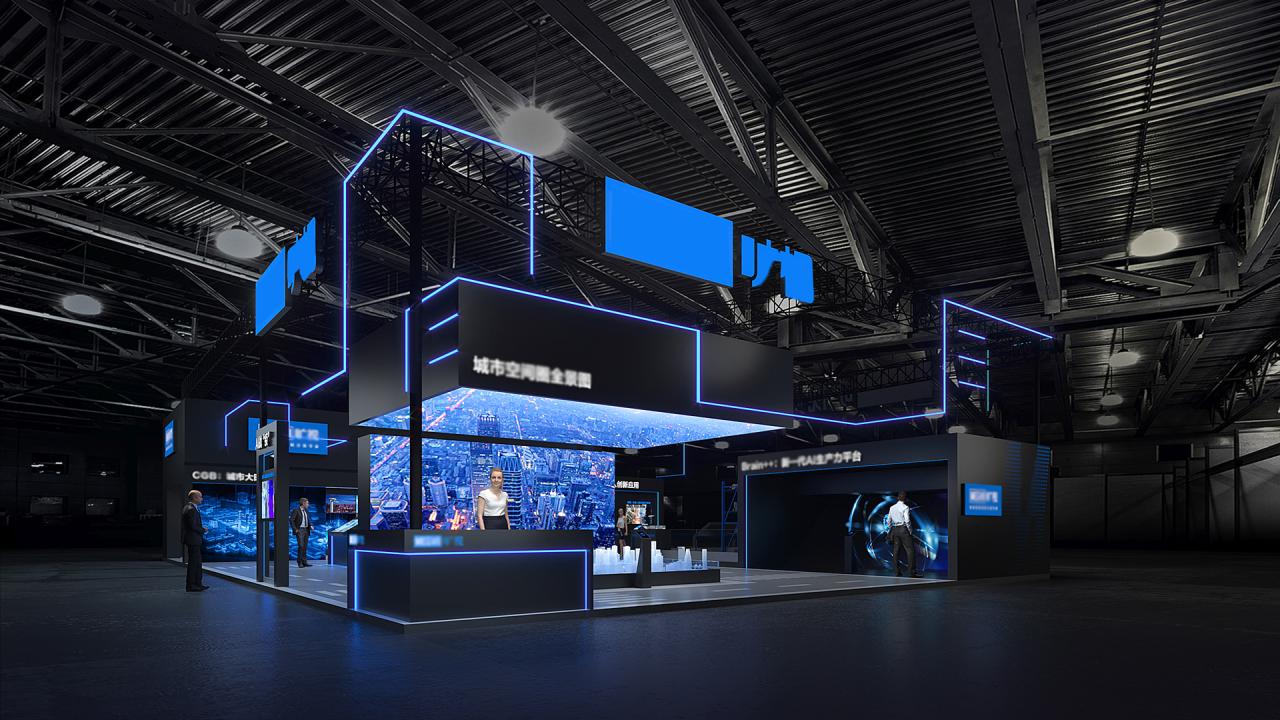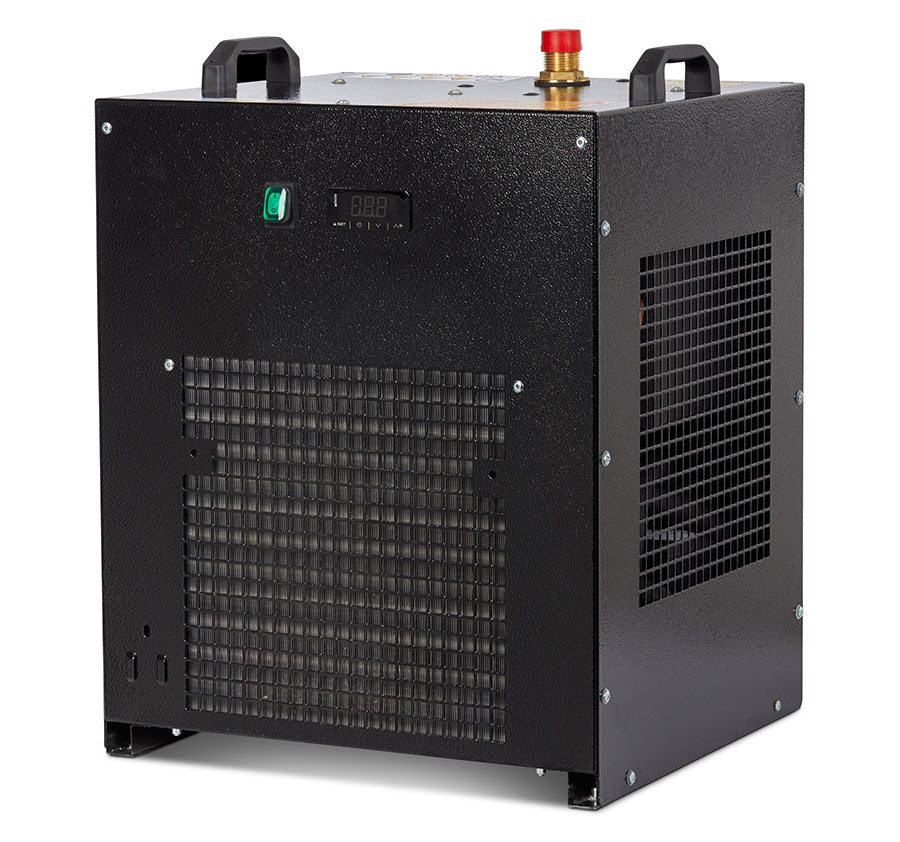Shingled Technology: A New Era of Data Storage
Shingled technology, also known as shingled magnetic recording (SMR), has emerged as a groundbreaking approach to data storage, offering a path toward greater storage capacity and cost efficiency. This innovative […]

Shingled technology, also known as shingled magnetic recording (SMR), has emerged as a groundbreaking approach to data storage, offering a path toward greater storage capacity and cost efficiency. This innovative technology represents a significant shift from traditional perpendicular magnetic recording (PMR), employing a novel method of data organization on the disk surface.
SMR’s unique design involves overlapping data tracks like shingles on a roof, enabling a denser packing of data within the same physical space. This approach significantly increases the storage capacity of hard drives, making it an attractive solution for data-intensive applications and large-scale storage needs.
Shingled Technology
Shingled magnetic recording (SMR) is a data storage technology that increases the storage density of hard disk drives (HDDs) by recording data in overlapping tracks, similar to how shingles on a roof overlap. This technique allows for more data to be stored in the same physical space, resulting in higher storage capacities for HDDs.
History and Evolution of SMR Technology
SMR technology has been in development for several years, with the first commercial drives being introduced in 2013. The technology has since evolved significantly, with advancements in both the recording heads and the magnetic media used in HDDs.
Comparison of SMR with PMR
Traditional perpendicular magnetic recording (PMR) is the standard data storage technology used in HDDs. In PMR, data is recorded in parallel tracks, with each track being distinct from the others. This method limits the storage density of HDDs as the tracks are spaced apart to prevent interference between adjacent tracks.
- Storage Density: SMR offers significantly higher storage density compared to PMR, as it allows for more data to be stored in the same physical space. This is achieved by overlapping the tracks, reducing the spacing between them.
- Performance: SMR drives generally have slower write speeds compared to PMR drives due to the need to rewrite data on overlapping tracks. However, read speeds are comparable to PMR drives.
- Cost: SMR drives are typically less expensive than PMR drives with the same storage capacity due to the higher storage density achieved with SMR technology.
How Shingled Technology Works
Shingled Magnetic Recording (SMR) is a data storage technology that improves storage density by overlapping data tracks on a hard disk drive (HDD). This overlapping arrangement, akin to shingles on a roof, allows for more data to be packed onto the same physical space.
Physical Layout of Data
The physical layout of data on an SMR disk differs significantly from traditional HDDs. In traditional HDDs, data tracks are arranged in concentric circles, with each track completely separate from the others. In contrast, SMR disks utilize overlapping tracks, where each track partially overlaps with the previous one. This overlapping arrangement, like shingles on a roof, enables a higher storage density by effectively utilizing the available space on the disk.
Writing and Reading Data with SMR
The process of writing and reading data with SMR involves specific considerations due to the overlapping track structure.
* Writing Data: When writing data to an SMR disk, the data is written in a sequential manner, starting from the innermost track and moving outwards. This sequential writing ensures that data is written to the overlapping sections of tracks in a consistent order.
* Reading Data: Reading data from an SMR disk also requires a sequential approach. The drive reads data from the innermost track and moves outwards, ensuring that the overlapping sections of tracks are read in the correct order.
Challenges and Limitations of SMR Technology
SMR technology, while offering increased storage density, presents several challenges and limitations.
* Sequential Writing: SMR drives require sequential writing, which can impact performance in scenarios requiring random write operations, such as databases or operating systems.
* Limited Overwrite Capabilities: Overwriting data on an SMR drive can be challenging, as it requires rewriting the entire track from the beginning, potentially leading to performance degradation.
* Increased Latency: The overlapping nature of tracks can introduce latency in data access, as the drive needs to read through overlapping sections to access the desired data.
* Complexity in Drive Management: SMR drives require specialized firmware and software to manage the overlapping tracks, adding complexity to the drive management process.
Advantages and Disadvantages of Shingled Technology

Shingled magnetic recording (SMR) technology, a technique that allows for higher storage densities on hard drives, comes with both benefits and drawbacks. Understanding these aspects is crucial for making informed decisions about using SMR drives.
Advantages of Shingled Technology
SMR offers several advantages, primarily in terms of storage capacity and cost efficiency.
- Increased Storage Capacity: SMR allows for a higher storage density by overlapping data tracks on the hard drive platter. This enables manufacturers to pack more data onto the same physical space, resulting in larger storage capacities for the same physical size of the drive.
- Cost Efficiency: The increased storage density achieved by SMR translates into lower manufacturing costs per gigabyte. This cost efficiency can be passed on to consumers, making high-capacity hard drives more affordable.
Disadvantages of Shingled Technology
While SMR offers advantages, it also comes with some drawbacks that users should be aware of.
- Write Performance: SMR drives typically exhibit slower write performance compared to traditional hard drives. This is because the overlapping tracks require more complex data management, leading to increased latency during write operations.
- Data Recovery: Data recovery from SMR drives can be more challenging and time-consuming than from traditional drives. This is because the overlapping tracks can make it difficult to isolate and recover individual data blocks.
Comparison of SMR with Other Storage Technologies
SMR technology is often compared with other storage technologies, such as traditional hard drives (CMR) and solid-state drives (SSDs).
- SMR vs. CMR: SMR drives offer higher storage capacities and lower costs per gigabyte compared to CMR drives. However, they come with the trade-off of slower write performance and more complex data recovery. CMR drives generally offer better write performance and data recovery but have lower storage capacities and higher costs per gigabyte.
- SMR vs. SSDs: SSDs offer significantly faster read and write speeds compared to both SMR and CMR drives. However, SSDs are generally more expensive per gigabyte than SMR drives. SSDs also have a limited lifespan and are more susceptible to data loss in the event of power outages.
Applications of Shingled Technology
Shingled Magnetic Recording (SMR) technology has found its way into various applications, impacting industries like data centers and consumer electronics. SMR’s ability to increase storage density while keeping costs low makes it a compelling choice for various storage needs.
SMR in Data Centers
Data centers, with their ever-growing storage demands, have embraced SMR technology. SMR drives offer significant storage capacity at a lower cost per terabyte compared to traditional hard disk drives (HDDs). This makes them ideal for applications like:
- Archival Storage: Data centers use SMR drives for storing vast amounts of data that are not frequently accessed, such as backups, logs, and historical data. The high capacity and lower cost of SMR drives make them cost-effective for long-term data retention.
- Big Data Analytics: SMR drives can be used to store massive datasets used for analytics and machine learning. The large capacity allows data centers to store and process vast amounts of information, enabling better insights and decision-making.
- Cloud Storage: SMR drives are also used in cloud storage solutions, where they offer high capacity and low cost per gigabyte, making them an economical option for storing large volumes of user data.
SMR in Consumer Electronics
SMR technology is also making its way into consumer electronics, where its high storage density and lower cost are beneficial. Some examples include:
- External Hard Drives: SMR drives are increasingly used in external hard drives, offering users larger storage capacities for storing movies, music, photos, and other files at a more affordable price.
- Gaming Consoles: SMR drives are being considered for use in next-generation gaming consoles, allowing for larger game installations and faster loading times.
- Security Cameras: SMR drives are also used in security cameras, where their high capacity allows for continuous recording of footage for extended periods.
Potential Future Applications of SMR
The potential applications of SMR technology are vast, extending beyond current uses. Here are some potential future applications:
- Internet of Things (IoT): With the proliferation of IoT devices, SMR drives can be used to store data collected from these devices, enabling analysis and insights into various aspects of our lives.
- Autonomous Vehicles: Self-driving cars generate massive amounts of data from sensors and cameras. SMR drives can provide the necessary storage capacity for this data, enabling advanced features like real-time mapping and autonomous navigation.
- Artificial Intelligence (AI): SMR drives can be used to store and process the vast amounts of data needed to train and run AI models. This can accelerate the development of AI applications across various industries.
Hypothetical Scenario
Imagine a future where SMR technology is widely adopted in autonomous vehicles. These vehicles generate terabytes of data every day, including sensor readings, camera footage, and navigation information. This data is crucial for the vehicle’s decision-making and for improving its performance over time.
SMR drives, with their high capacity and low cost, would be the ideal storage solution for this application. The vehicles could store this data locally on SMR drives, enabling real-time analysis and continuous learning. The data could also be transferred to the cloud for further processing and analysis, contributing to the development of safer and more efficient autonomous vehicles.
The Future of Shingled Technology

Shingled magnetic recording (SMR) technology is still relatively new, but it’s already making a significant impact on the data storage industry. As hard drive manufacturers continue to push the boundaries of storage density, SMR is poised to play an increasingly important role in the future of data storage.
Current Trends and Advancements in SMR Technology
SMR technology is rapidly evolving, with manufacturers constantly seeking ways to improve its performance and efficiency. Here are some key trends and advancements:
- Increased areal density: SMR drives are already achieving significantly higher areal densities than traditional perpendicular magnetic recording (PMR) drives. This trend is expected to continue, with manufacturers aiming for even greater storage capacities in the coming years. For example, Seagate’s first SMR drive, launched in 2013, offered 6TB of storage, while newer SMR drives are now available with capacities exceeding 20TB.
- Improved write performance: Early SMR drives suffered from slower write speeds compared to PMR drives due to the need to overwrite previously written data. However, manufacturers are developing innovative techniques to mitigate this issue, such as using buffer regions and optimized firmware. These advancements are leading to faster write speeds, making SMR drives more suitable for a wider range of applications.
- Advanced SMR technologies: Research and development efforts are ongoing to explore even more advanced SMR technologies, such as bit-patterned media (BPM) and heat-assisted magnetic recording (HAMR). These technologies promise to further increase areal density and storage capacity, potentially exceeding the limits of traditional SMR.
Potential Impact of SMR on the Future of Data Storage
SMR technology has the potential to revolutionize the data storage industry in several ways:
- Lower storage costs: SMR drives offer higher storage capacities at a lower cost per gigabyte compared to PMR drives. This makes them an attractive option for applications where cost is a major consideration, such as cloud storage and data centers.
- Increased storage capacity: SMR drives allow for significantly higher storage densities, enabling manufacturers to pack more data onto a single hard drive. This is crucial for meeting the ever-growing demand for storage capacity, particularly in the era of big data and the Internet of Things (IoT).
- Improved energy efficiency: By reducing the physical size of hard drives, SMR technology can lead to improved energy efficiency. This is beneficial for both environmental sustainability and cost savings.
- New applications: SMR technology opens up possibilities for new applications that were previously not feasible with traditional hard drives. For example, SMR drives could be used for storing large datasets in scientific research, medical imaging, and other data-intensive fields.
Potential Future Challenges and Opportunities for SMR
Despite its potential, SMR technology also faces several challenges that need to be addressed:
- Write performance limitations: While advancements have been made in write performance, SMR drives still face limitations compared to PMR drives, particularly in applications that require high write speeds. Further research and development are needed to overcome these limitations.
- Data recovery complexities: Data recovery from SMR drives can be more complex than from PMR drives due to the overlapping nature of the data tracks. This can pose challenges for data recovery professionals and increase the risk of data loss.
- Compatibility issues: SMR drives may not be compatible with all existing hardware and software. This can create compatibility issues for users who are upgrading their storage systems.
- Market adoption: The widespread adoption of SMR technology depends on factors such as cost, performance, and reliability. Manufacturers need to address these concerns and demonstrate the benefits of SMR to encourage broader market acceptance.
Final Thoughts
Shingled technology is poised to play a pivotal role in the future of data storage, offering a compelling solution for the ever-growing demand for increased capacity and cost-effective storage solutions. While it presents unique challenges, its potential benefits are undeniable, driving innovation and shaping the landscape of data management for years to come.
Shingled technology, a storage method that allows for higher density by overlapping data tracks, is a popular choice for modern hard drives. This technique can lead to performance challenges, especially when dealing with large files or complex workloads. If you encounter issues with your shingled drive, seeking professional cps technology support can be a valuable solution.
Their expertise can help diagnose and resolve any performance bottlenecks, ensuring your shingled drive operates efficiently and reliably.



